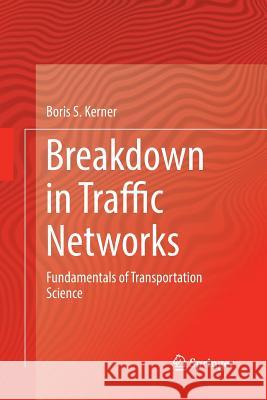Breakdown in Traffic Networks: Fundamentals of Transportation Science » książka
topmenu
Breakdown in Traffic Networks: Fundamentals of Transportation Science
ISBN-13: 9783662571972 / Angielski / Miękka / 2018 / 652 str.
Kategorie:
Kategorie BISAC:
Wydawca:
Springer
Język:
Angielski
ISBN-13:
9783662571972
Rok wydania:
2018
Wydanie:
Softcover Repri
Ilość stron:
652
Waga:
0.94 kg
Wymiary:
23.39 x 15.6 x 3.48
Oprawa:
Miękka
Wolumenów:
01
Dodatkowe informacje:
Glosariusz/słownik
Wydanie ilustrowane
Wydanie ilustrowane











